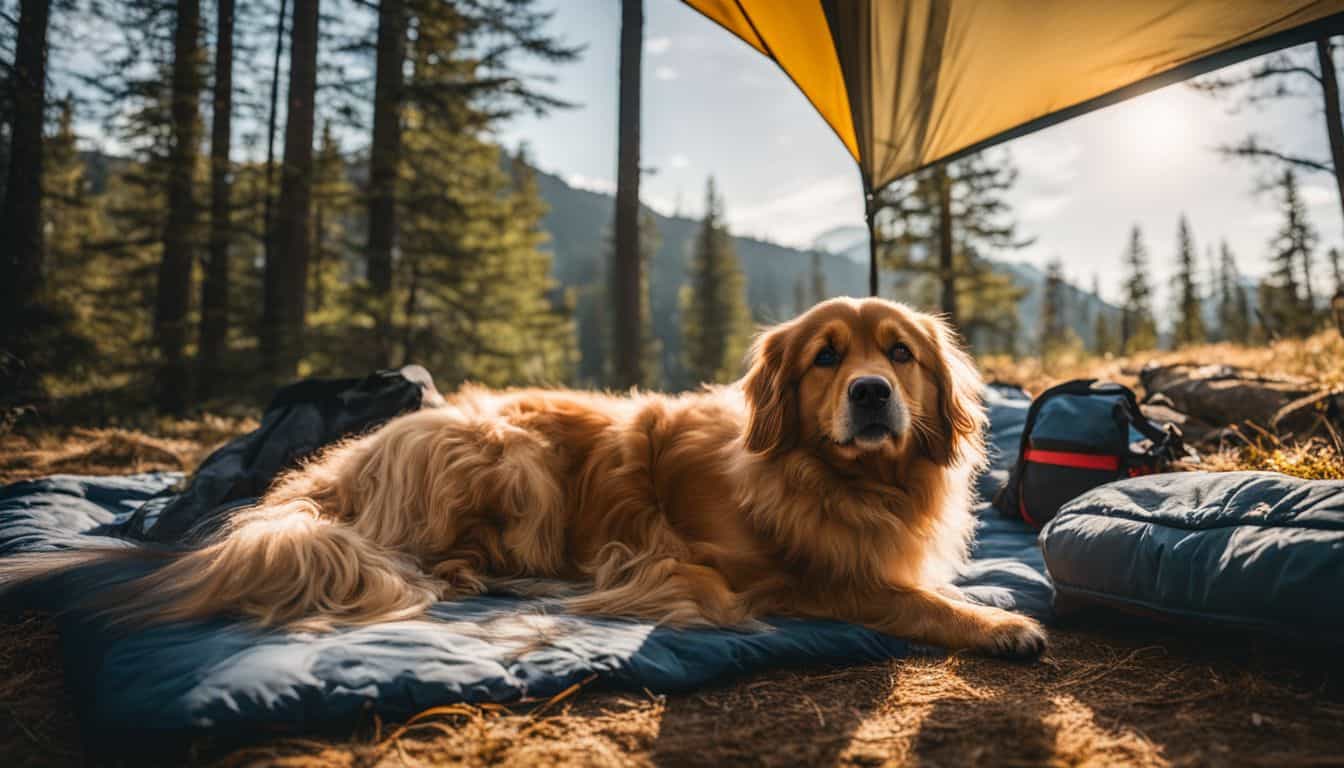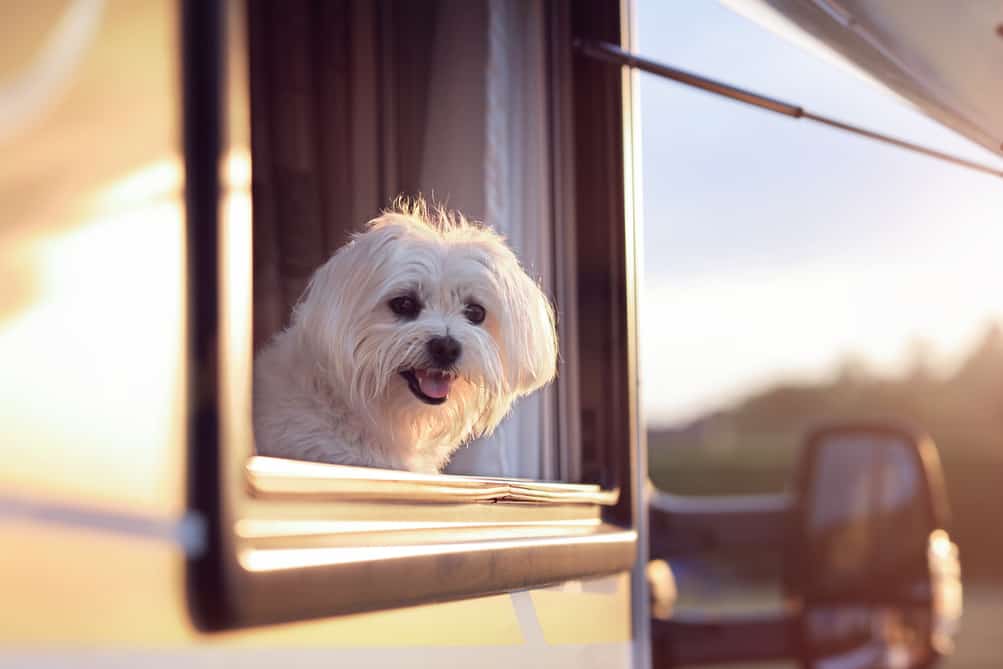Camping with your furry friend can be an incredible bonding experience, offering both you and your dog the chance to explore the great outdoors together. However, successful camping with your dog requires careful planning and preparation to ensure their safety and comfort. This comprehensive guide will help you make your camping trip with your dog both safe and enjoyable.
Pre-Trip Preparation
Before embarking on your camping adventure, it’s crucial to prepare both you and your dog for the experience. Start by scheduling a vet check-up to ensure your dog is healthy and up-to-date on vaccinations. This is particularly important when venturing into the wilderness where your dog may encounter various wildlife and environmental hazards.
To help your dog acclimate to camping conditions, consider practicing in your backyard. Set up your tent and spend a night outdoors with your dog. This will help them get used to sleeping in a new environment and familiarize them with the sounds of nature.
Research and choose a dog-friendly campsite. Not all campsites welcome pets, so it’s essential to confirm their pet policies before making reservations. Look for sites that offer amenities suitable for dogs, such as nearby hiking trails or designated pet areas.
Essential Gear for Canine Campers
Packing the right gear is crucial for managing your dog’s health while camping. Here’s a list of essential items to bring:
- Collar with updated ID tags and your campsite number.
- Leash and harness for secure walks.
- Portable water and food bowls.
- Ample food and water (pack extra in case of emergencies).
- Dog bed or sleeping bag for comfort.
- Waste bags for clean-up.
- First-aid kit specifically designed for dogs.
- Flea and tick prevention products.
- LED collar or light for nighttime visibility.
Campsite Safety
Once you’ve arrived at your campsite, prioritize your dog’s safety. Always keep your dog on a leash or in a secure enclosure to prevent them from wandering off or encountering wildlife. Never leave your dog unattended at the campsite, as this can lead to various dangers.
Create a safe space for your dog within your camping area. Bring familiar items from home, such as their favorite blanket or toy, to help them feel secure in the new environment. Before letting your dog explore, inspect the campsite for potential hazards like sharp objects, toxic plants, or animal burrows.
Consider using a stake or zip line system to give your dog some freedom while keeping them secure. This allows them to move around without the risk of running off or getting into trouble.
Health and Comfort
Camping with dogs requires extra attention to their health and comfort. Protect your dog’s paws from hot surfaces and rough terrain by bringing booties or applying paw wax. Provide plenty of shade and water to prevent overheating, especially during hot summer months.
Regularly check your dog for ticks and other parasites, particularly after hikes or walks in wooded areas. Bring a portable shower or pet wipes for cleaning your dog after outdoor activities. Be aware of local wildlife and plants that could be harmful to your dog, and keep them away from these potential dangers.

Activities and Exercise
Plan dog-friendly activities like hiking on appropriate trails. Always check trail regulations regarding dogs and keep your pet leashed when required. Bring toys and treats to keep your dog entertained during downtime at the campsite.
Remember to allow for rest periods, especially if your dog isn’t used to intense outdoor activity. Monitor your dog for signs of fatigue or overexertion and adjust your activities accordingly.
Emergency Preparedness
Being prepared for emergencies is crucial when camping with your dog. Know the location of the nearest veterinary clinic and have their contact information readily available. Bring a pet first-aid kit and familiarize yourself with basic pet first-aid procedures.
Have an emergency plan in case your dog gets lost or injured. This should include having a recent photo of your dog, their microchip information, and a detailed description of their appearance and any unique markings.
Camping Etiquette
Practice good camping etiquette to ensure a positive experience for everyone. Follow Leave No Trace principles, which include picking up after your dog and disposing of waste properly. Respect quiet hours and keep barking to a minimum to avoid disturbing other campers.
Be considerate of other campers and wildlife. Not everyone may be comfortable around dogs, so keep your pet under control and respect others’ space.

Conclusion
By following these guidelines, you can create lasting memories while keeping your furry companion safe and happy in the great outdoors. Thorough preparation and constant supervision are key to a successful camping trip with your dog. With the right planning and precautions, you and your four-legged friend can enjoy all the wonders that nature has to offer together.

Leave a Reply